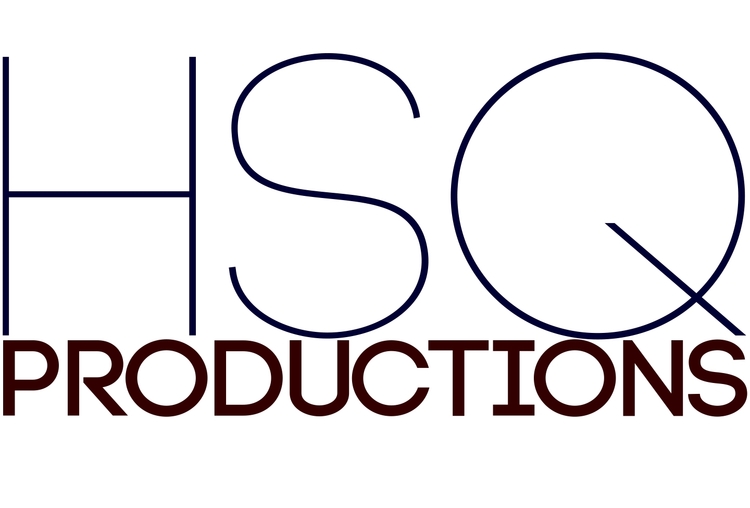This week’s Video Production Jargon busting blog looks at why clients should focus their efforts on deploying native and video advertising.
Advertising is changing at a rapid speed. With the rise of data centred creative campaigns and the internet, it is difficult not to get caught up with it. When businesses flocked to the internet and tried to increase their online presence, the more amazing opportunities they found. They started to move away from traditional media like print and television. More market budgets are spent online than ever before because of the relatively small barrier to entry compared to traditional advertising.
You will be pleased to know that gone are the days of annoying pop ups – well mostly. Gone are the days of annoying flashing ads in bright neon colours and chase you around the screen – again, mostly.
People are smarter about the way they engage online and are ever more wary about slick and tricky advertising methods. Now it comes down to the advertisers finding ways to improve the user experience and to make people feel more engaged. We believe that if you produce engaging video production content, then your target market is more likely to interact with your brand, ultimately resulting in a sale. If it has the wow factor then, of course, it will lead to more exposure and clicks (if that’s what your video production objectives are).
Here is a look into why many top brands are choosing native and video advertising. If they are doing it, perhaps you should to:
Rise of the Ad Blockers
We could put a large amount of money on our blog readers having an ad blocker installed. They are the biggest impediments to brands reaching their customers. We only turn off our ad blockers when doing research for our clients because we don’t want to see annoying adverts. It’s not just us who are fighting back against the annoyance of pushy ads, people are pushing back by using special software on their computers and mobile devices that block ads from even appearing.
Watch Mojo countdown the Top 10 worst commercials of all time.
Adblock Plus has been downloaded more than 500 million times. Brands are claiming that Adblock and software like it are costing them in the region of $22 billion year on year. This figure is expected to rise.
We advise our business video production clients not to rely on the old ways of advertising. People are savvy about which ads to avoid even if they do see them. It’s time to get smart and think carefully about how you wish to engaged your target market, get the word out about your brand and/or to increase sales.
Native Advertising
One of the biggest reasons why people are turned off by ads is that they consider them annoying and intrusive. Ads interrupt the flow of what users are doing, or make a loud noise; or have bright, annoying colours. Native video production content solves a problem for both users and advertisers alike by providing something which does not disrupt the user experience, therefore, is more likely to be seen by customers.
Native ads try to blend in and look like any other content. For example, Buzzfeed hosts a lot of sponsored posts from advertisers. They look just like other lists and short articles on it’s site, but advertisers include some tie in to their brand. An article by Hallmark talked about holiday traditions, which happened to include a mention about decorating a tree with Hallmark ornaments and a link to them.
Here is an example by Virgin Atlantic of native advertising coupled with video production. Link to article.
Video Advertising
Video ads can stand alone like traditional ads, or they can be part of native advertising. It was once suggested to us that publishers won’t accept press releases without video and photography. This is because they want to drive viewers to the website. It has been claimed that the Manchester Evening News won’t run a story on their website if it’s not going to get 10,000 views. Either way, video has shows that they can be highly effective at connecting with consumers. Research conducted on user behaviour by CodeFuel found that online users prefer to consume content as video, including ads. However, format is not the only thing which matters; the video production has to be just as engaging as your content. We are currently working alongside a number of marketing and PR agencies to provide video production and photography for their clients, while they create the engaging copy.
Having spent time with marketers and PR professionals, it is important to accompany your business video production with a strong brand marketing campaign. If the produced video is the first time someone is learning about your brand, the ad may not be as effective. It comes down to getting the word out about your company whilst advertising specific products and services.
While the online continues to shift and change the way companies advertise, there are still many opportunities to reach consumers and make a huge return on investment. The key to success, in this case, is to keep informed about developments: shifting behaviours and interests so you can implement video product production strategies which resonate with users.
Native advertising coupled with high quality, business video production will certainly help you get over the barrier of ad blockers and user resistance. By being thoughtful about the content in those ads will net you results that you want, not only getting people to look at your ads but also getting them to become loyal customers.
What are your thoughts on the rise of native video advertising, comment below?
If you want a helping hand with your next video production or photography project get in touch with us.
